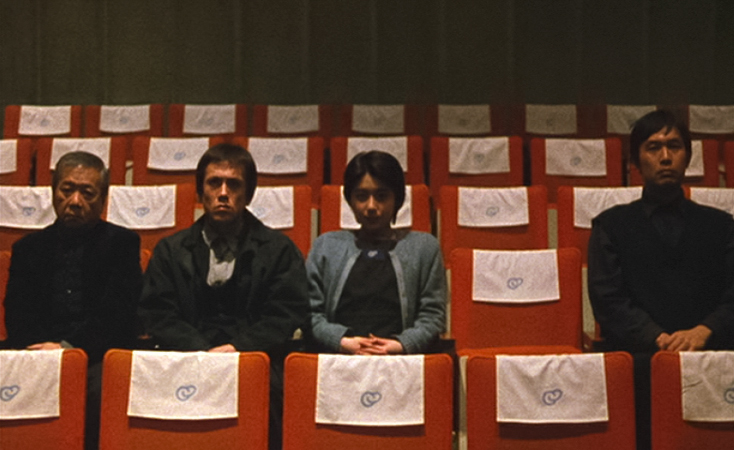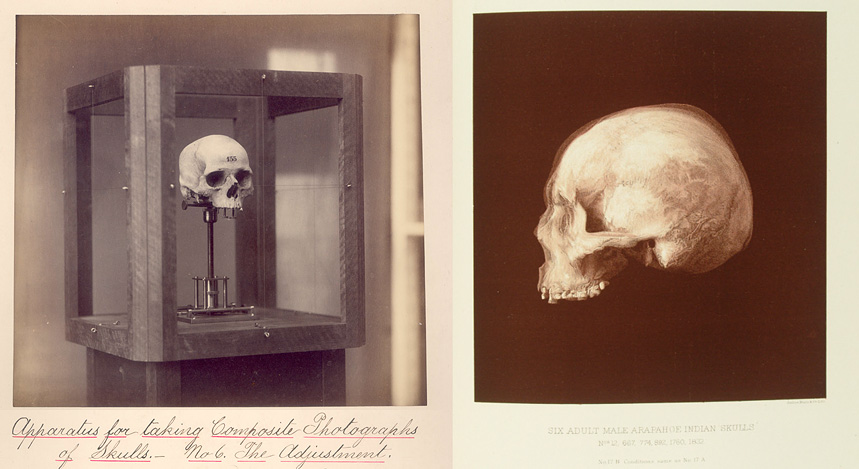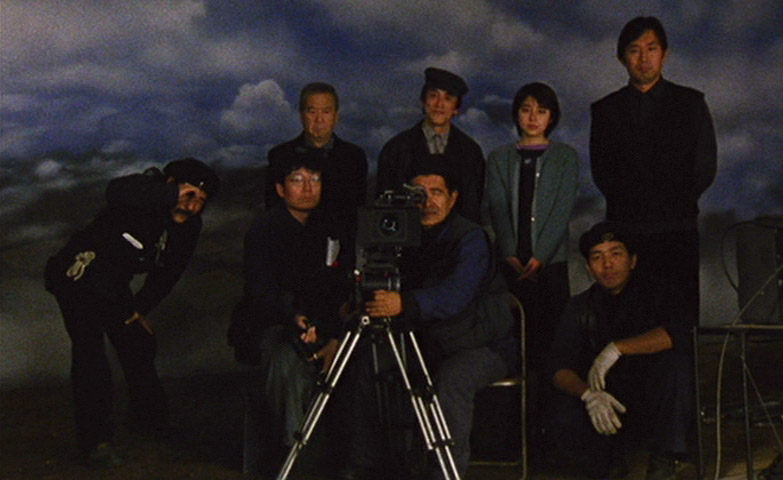June 18, 2013 permalink
Ive Had the Nagging Feeling That Id Seen the

I’ve had the nagging feeling that I’d seen the Adobe Creative Cloud logo before, and I just remembered where: it’s very similar to the linked-rings logo of the facility seen in one of my favorite movies, Wandâfuru Raifu, which takes place in a sort-of way station on the road to the afterlife (heaven not specified). The female lead wears a necklace with the same symbol, but apart from that the film is entirely vague about the organization (?) that the logo belongs to. Hopefully the hereafter’s movie-making division hasn’t been acquired by Adobe!

(Screen grab from the Criterion Forums, which made me hopeful that this film was coming out on Criterion…)



